University of Wyoming to host Nuclear Innovation Bootcamp

The Nuclear Innovation Bootcamp 2024 takes place this year from July 21 to August 2 at the University of Wyoming in Laramie.
Applications are due by February 25.


The Nuclear Innovation Bootcamp 2024 takes place this year from July 21 to August 2 at the University of Wyoming in Laramie.
Applications are due by February 25.

Wesoff
According to an admittedly informal and unscientific survey of people from online “nuclear affinity groups” conducted by Eric Wesoff, the editorial director for clean energy newsroom Canary Media, there is no consensus regarding when the next nuclear power plant will come on line in the United States. Wesoff recently reported that upon polling his nuclear-connected network on LinkedIn, X, and Reddit, he found that “the responses were all over the map.”
Nuclear renaissance? Wesoff was prompted to try his survey about the expected date for the next nuclear plant because “conditions are perfect for the American nuclear renaissance.” He cited strong support for the nuclear industry from the Department of Energy as well as from public opinion polls and online “influencers.” He thought therefore that he would find confident predictions for when the next new U.S. reactor would go on line. Instead, he found uncertainty and varied responses.
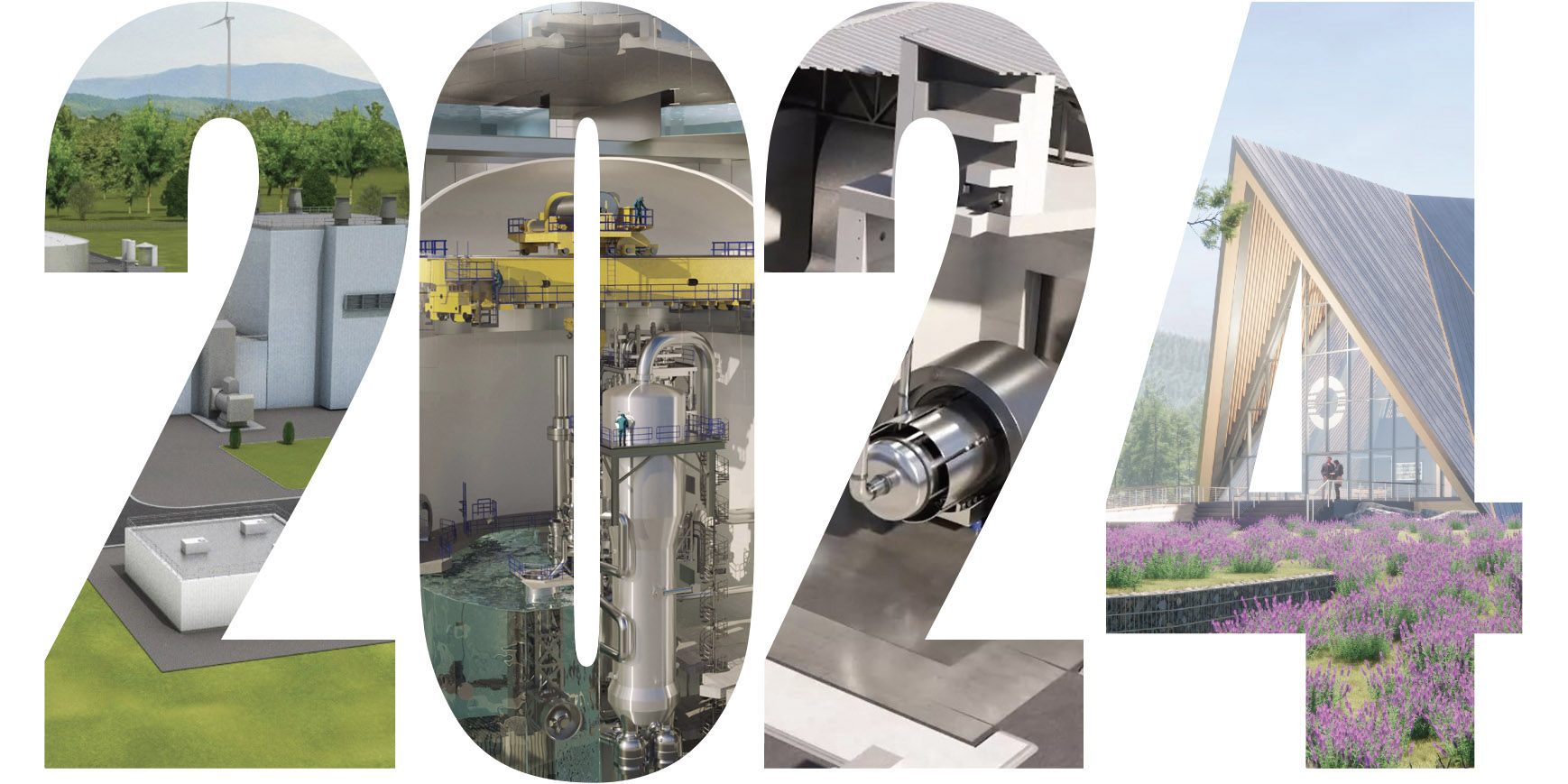
Designs for high-tech products, and the start-ups that offer them, will always outnumber the commercial successes. Ditto: many more power plants are proposed than actually get built, no matter what the technology.
This is an axiom of free-market economies, but in early November 2023 it became painfully obvious in the advanced reactor field. NuScale Power, the only advanced reactor that has made it through the licensing gauntlet, acknowledged that the consortium of utilities that was its intended launch customer had failed to put together a feasible package.

“The tools of the academic designer are a piece of paper and a pencil with an eraser. If a mistake is made, it can always be erased and changed. If the practical-reactor designer errs, he wears the mistake around his neck; it cannot be erased. Everyone sees it.”
Many in the nuclear community are familiar with this sentiment from Admiral Rickover. A generation of stagnation in the industry has underscored the truth of his words. But as economies around the world put a price on carbon emissions, there’s a renewed sense of urgency to deploy clean energy technologies. This shifts the global balance of economic competitiveness, and it’s clear that the best path forward for nuclear requires combining the agility of private innovators with the technology and capabilities of national laboratories.

On the margins of the COP28 climate conference in Dubai, UAE, this week, Barakah nuclear plant owner Emirates Nuclear Energy Corporation (ENEC) signed its first commercial uranium fuel supply contract with Kazatomprom, in addition to memorandums of understanding with two U.S.-based advanced reactor developers—TerraPower and GE Hitachi Nuclear Energy (GEH).

TerraPower and Uranium Energy announced today that they have signed a memorandum of understanding to “explore the potential supply of uranium” for TerraPower’s demonstration reactor in Kemmerer, Wyo.

The Department of Energy’s Office of Clean Energy Demonstrations issued a draft environmental assessment (EA) in early November for a test and fill facility (TFF) that TerraPower plans to build in Kemmerer, Wyo.—the town selected two years ago to host the company’s first Natrium sodium fast reactor. The draft EA, open for comment through December 1, describes TerraPower’s plans to construct a nonnuclear facility that would safely store about 400,000 gallons of sodium to test coolant system designs and ultimately fill the planned reactor.
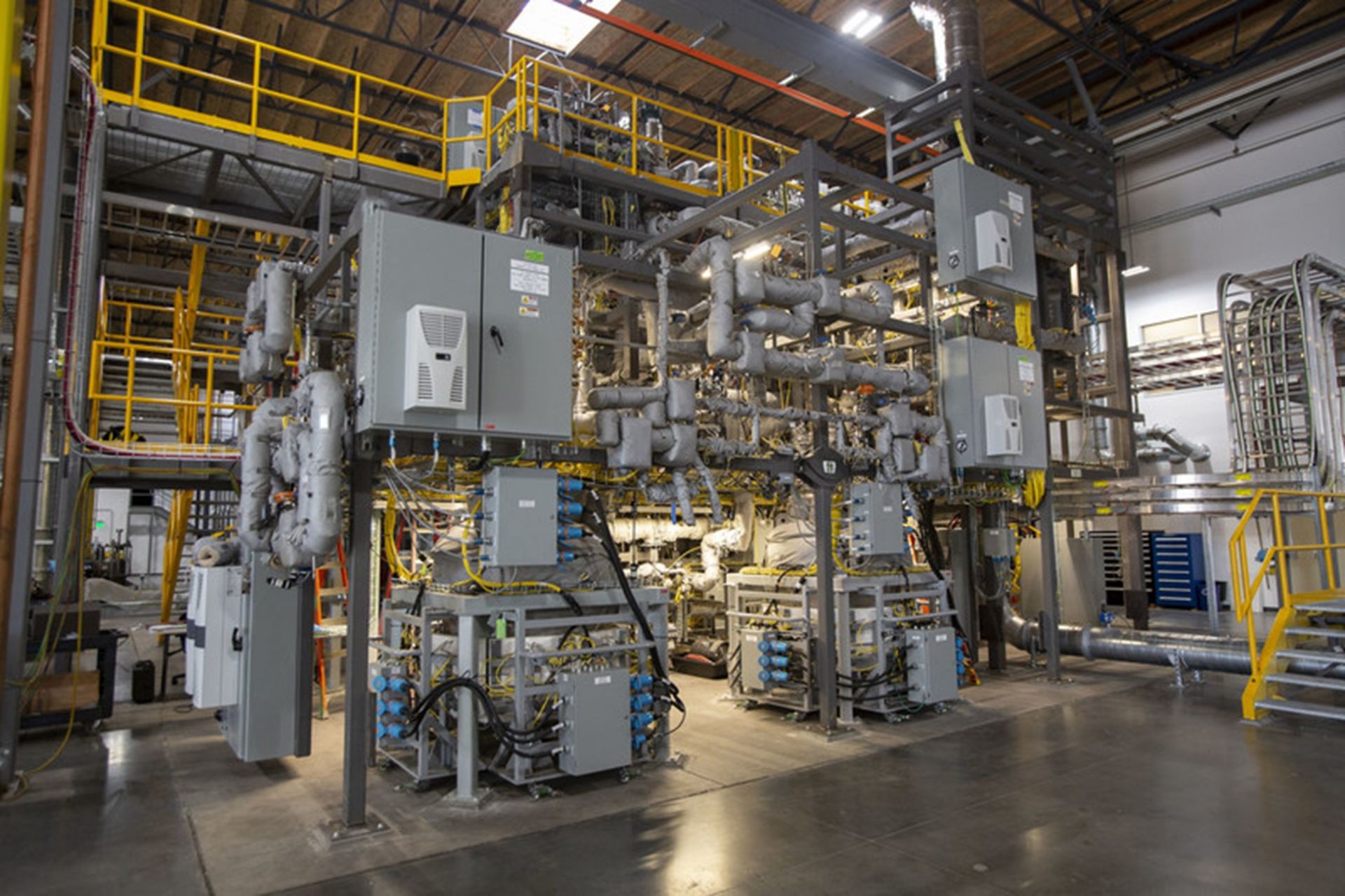
Southern Company, TerraPower, and Core Power (a U.K.-based firm focused on developing nuclear technologies for the maritime sector) have commenced pumped-salt operations in the Integrated Effects Test (IET) facility, the Atlanta, Ga.-based utility announced Tuesday, marking another milestone in the development of TerraPower’s first-of-a-kind, Generation IV Molten Chloride Fast Reactor (MCFR).

This year’s American Nuclear Society Annual Meeting was filled with great content, some of which was covered in the August issue of Nuclear News (beginning on p. 22). One of the meeting’s executive sessions, “Bringing Nuclear History Forward,” focused on advanced reactor (AR) history and was well attended. The United States—along with many countries around the world—is turning to nuclear to combat climate change. Part of this is funding new and innovative companies to create first-of-a-kind nuclear reactors to provide abundant and clean power. Looking at the current designs of interest to the community brings up interesting comparisons to the test and experimental reactors of the past. Test reactors like the Experimental Breeder Reactor-II (EBR-II), the Fast Flux Test Facility (FFTF), Peach Bottom, Fort St. Vrain, Germany’s AVR, and others now are more important than ever in providing insight, data, and operational lessons learned to develop the next generation of reactors.
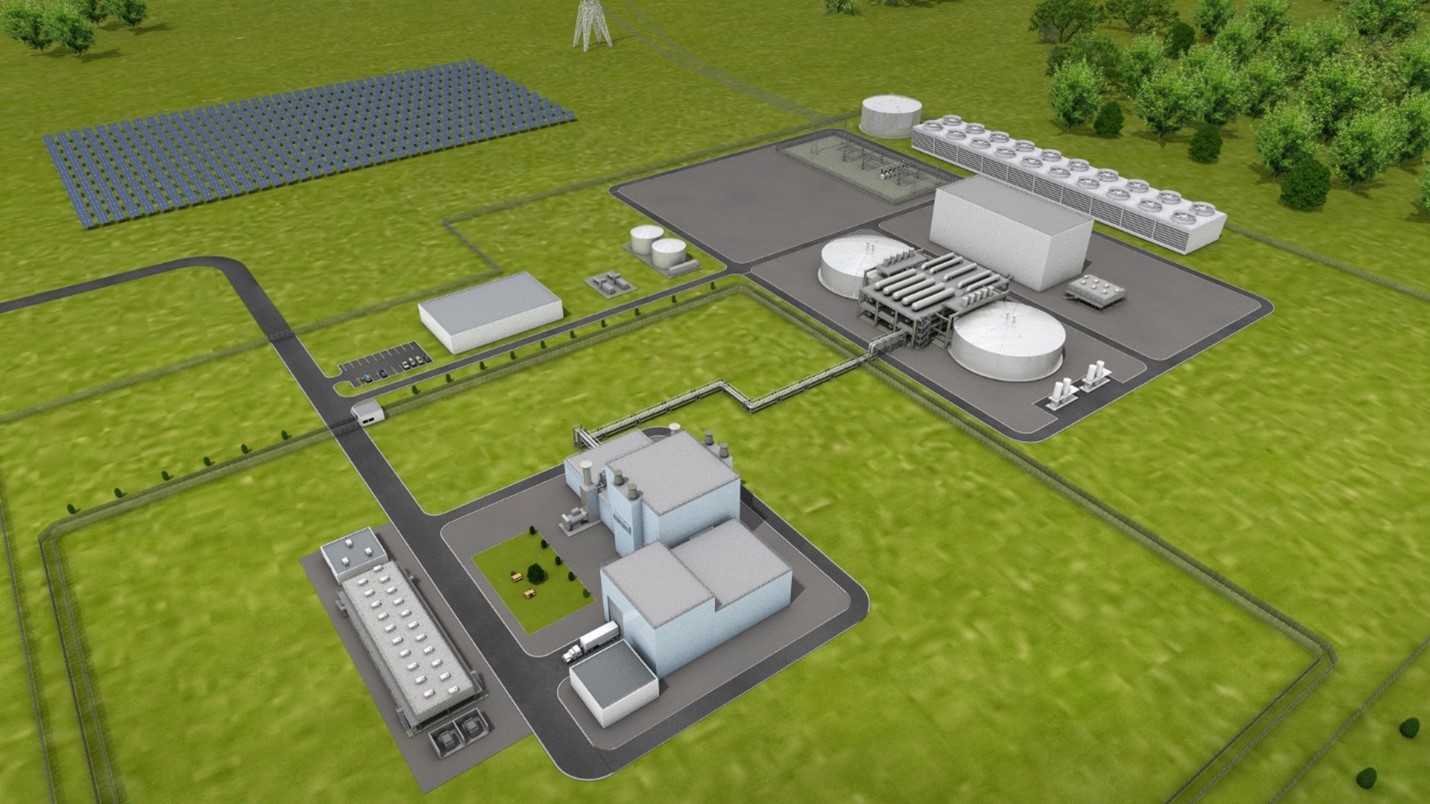
Advanced nuclear technology firm TerraPower announced today the selection of four suppliers to support its Natrium reactor demonstration project, in development near a retiring coal plant in Kemmerer, Wyo.

The Department of Energy today released its final environmental assessment (EA) and a proposed finding of no significant impact (FONSI) for the design, construction, and operation of the Molten Chloride Reactor Experiment (MCRE) at Idaho National Laboratory. The draft EA was released earlier this year, in March, for four weeks of public comments.
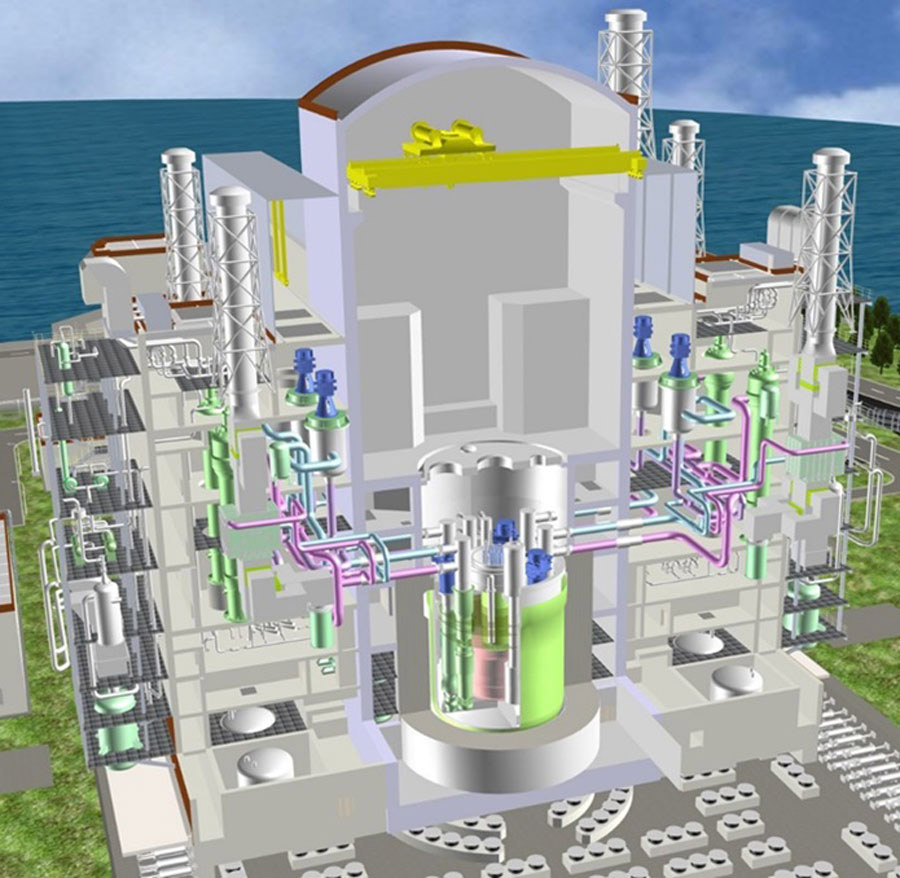
Concept art of a tank type sodium-cooled fast reactor. (Image: MHI)
The Japanese government has chosen Mitsubishi Heavy Industries (MHI) to head up the conceptual design and research and development of a demonstration sodium-cooled fast reactor, the Tokyo-based engineering firm announced recently.
MHI is to oversee the work in partnership with Mitsubishi FBR Systems Inc. (MFBR), an MHI Group engineering company established in 2007 to develop and design fast breeder reactors.
Conceptual design work is scheduled to commence in fiscal year 2024, with operation of the unit slated for the 2040s.
Reactor roadmap: According to MHI’s announcement, in the strategic roadmap for fast-reactor development adopted by the Japanese Cabinet in December 2018, a policy was defined to assess the efficacy of several types of technologies to be developed following a competition among private-sector companies. The roadmap was subsequently revised by the Cabinet in December 2022, at which time two decisions were made: (1) to select a sodium-cooled fast reactor as the target of the conceptual design of the demonstration unit and (2) to select a manufacturer to serve as the core company in charge of the reactor’s design and requisite R&D.

Small modular reactor firm X-energy and Energy Northwest, owner and operator of the Columbia nuclear power plant in Richland, Wash., announced yesterday the signing of a joint development agreement (JDA) for up to 12 Xe-100 SMRs in central Washington, capable of generating up to a total of 960 MWe.
The JDA defines and details the scope, location, and schedule under which the commercial development of the project will move forward, the companies said, adding that they will also work together to determine the best approaches to licensing and regulatory matters, as well as the project delivery model. Currently, the Xe-100 project is expected to be developed at a site adjacent to the Columbia facility, with the first module coming on line by 2030.

TerraPower and Centrus Energy Corp. announced on July 17 that they have signed a memorandum of understanding to “significantly expand their collaboration aimed at establishing commercial-scale, domestic production capabilities for high-assay, low-enriched uranium (HALEU)” to supply fuel for TerraPower’s first Natrium reactor. Nearly three years ago, TerraPower first announced plans to work with Centrus to establish commercial-scale HALEU production facilities. The two companies signed a contract in 2021 for services to help expedite the commercialization of enrichment technology at Centrus’s Piketon, Ohio, facility.
NuScale Power and TerraPower both signed agreements earlier this week with South Korean entities to support development of the American firms’ respective reactor technologies.
Nuclear energy was the focus of a recent NPR 1A podcast episode, hosted by journalist Jenn White, who welcomed guests to discuss the role of nuclear energy in the future of the United States. The guests—Joe Dominguez, chief executive officer of Constellation Energy; Samantha Gross, director of the Energy Security and Climate Initiative at the Brookings Institution; and Edwin Lyman, director of Nuclear Power Safety for the Union of Concerned Scientists—participated in the episode, titled “Where Does Nuclear Energy Fit in a Carbon-Free Future?”
Portland, Ore.–based PacifiCorp—owner of the soon-to-be-retired Wyoming coal plant selected in 2021 as the future site of TerraPower’s Natrium reactor demonstration project—has released its 2023 Integrated Resource Plan, which recommends the addition of two more Natrium units to the company’s generation resource mix by 2033.

A tiny 200-kWt reactor the Department of Energy says would be the first critical fast-spectrum circulating fuel reactor and the first fast-spectrum molten salt reactor (MSR) could be built and operated inside the Zero Power Physics Reactor (ZPPR) cell at Idaho National Laboratory’s Materials and Fuels Center (MFC). Details included in the Molten Chloride Reactor Experiment (MCRE) draft environmental assessment (EA)—released on March 16 for two weeks of public comment (later extended to four weeks, through April 14)—covered the potential environmental impacts associated with the development, construction, operation, and decommissioning of MCRE at INL, facilitated by the National Reactor Innovation Center (NRIC).
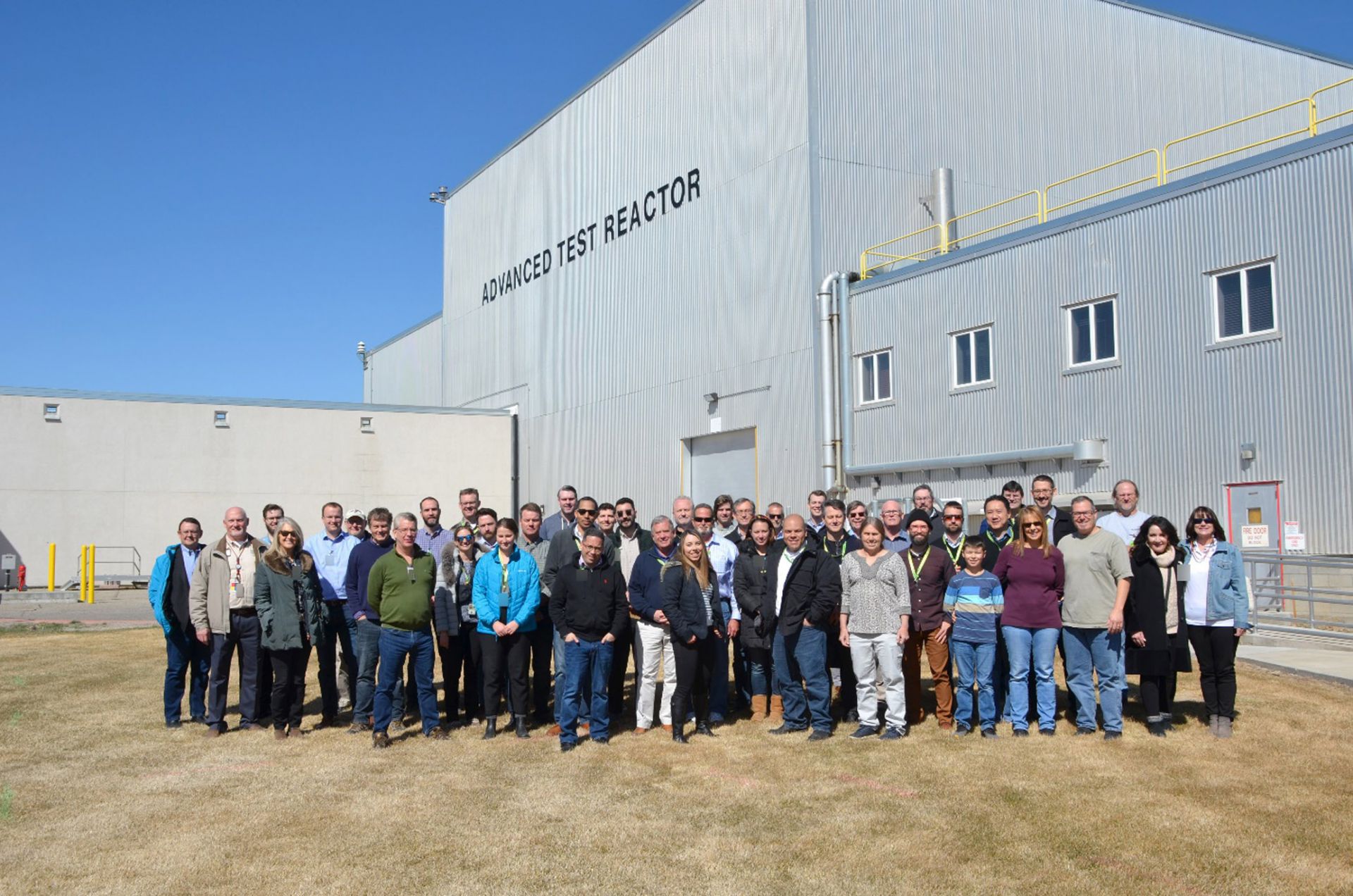
The Department of Energy’s commitment to breaking down market barriers with initiatives, programs, and access to facilities is making it simpler and more efficient than ever for industry to partner with national laboratories. It is especially timely, as the country continues to face evolving security, economic, and clean energy challenges. Partnering opportunities via the DOE’s Cooperative Research and Development Agreements (CRADAs) and Strategic Partnership Projects (SPPs) are particularly prevalent in the commercial nuclear community and have seen a tremendous amount of funding and support dedicated to advancing the development, demonstration, and deployment of new reactor technologies.

TerraPower, the advanced nuclear company backed by Bill Gates, announced last week that the start date for its Natrium reactor has been pushed back. As Russia is currently the only commercial source of the high-assay low- enriched uranium (HALEU) the plant requires, the company faces a lack of fuel availability. TerraPower originally planned to use Russian fuel to get its demonstration reactor up and running by 2028, but Russia’s invasion of Ukraine has dashed those plans.